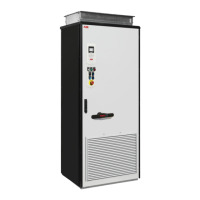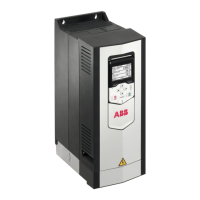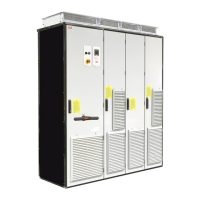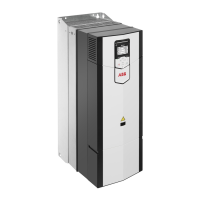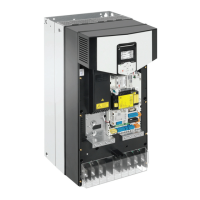8 Introduction to the manual
Related documents
See section List of related manuals on page 2.
Categorization by frame size
Some information in this manual is only valid for certain drive frame sizes. Such
information includes the frame size indication, for example, frame R1. The type
designation label of the drive shows the frame size. The frame size for each drive type is
given in the drive hardware manual.
Quick planning guide
No. Step
1. Define a duty cycle diagram for each motor (shaft power). Select the motors and drives as
usual with the DriveSize PC tool by ABB. Do not consider the common DC system yet.
2. Define a DC link duty cycle for the common DC system, and define the key variables
P
mot,ave
, P
mot,max
, P
gen,ave
and P
gen,max
.
See section Defining the DC link duty cycle and key variables on page 18.
3. Select the drives that you will connect to the AC power line.
See section Selecting the drives which are connected to AC power line on page 21.
4. Define the means to handle the surplus DC link energy (motor braking energy).
See Handling the surplus energy on page 25.
5. Design the construction of the common DC link.
See section Constructing the DC link on page 31.
6. Select the fuses and phase loss guards.
See section Selecting the fuses on page 32 and section Phase loss protection on page 33.
7. Examine the need for DC contactors. If needed, select them.
See section DC contactors on page 34.
8. Plan the interlocking and safety.
•See Connecting the Ready and Start enable signals on page 36.
• Consider the use of safety circuits (such as emergency stop or Safe torque off) or control
signal interlocking for safe and reliable operation.
9. Select the measures necessary for the EMC. See section Electromagnetic Compatibility
(EMC) on page 35.
10. Repeat all design steps to verify the design.
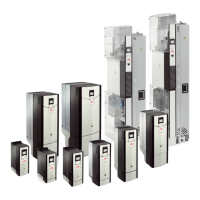
